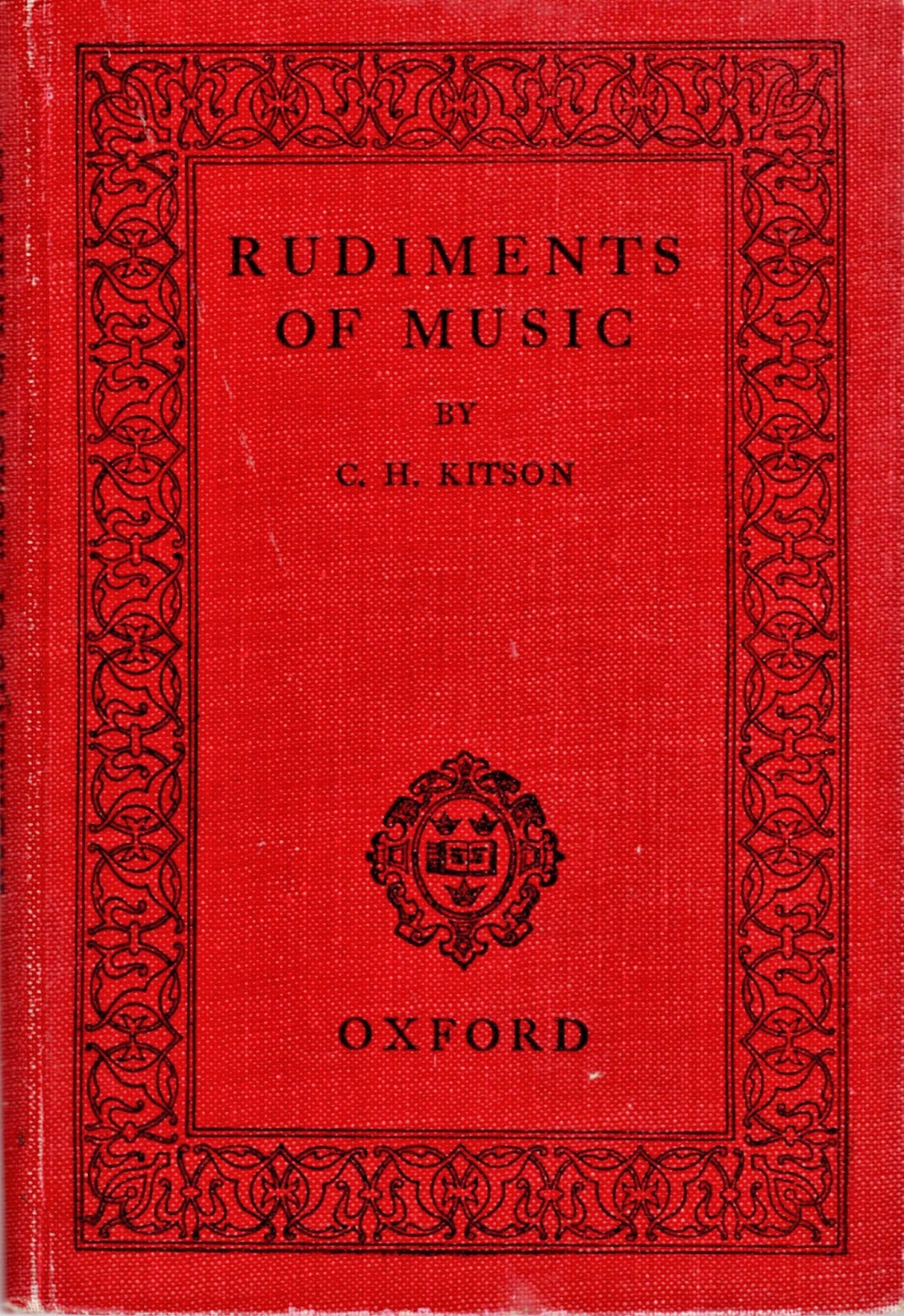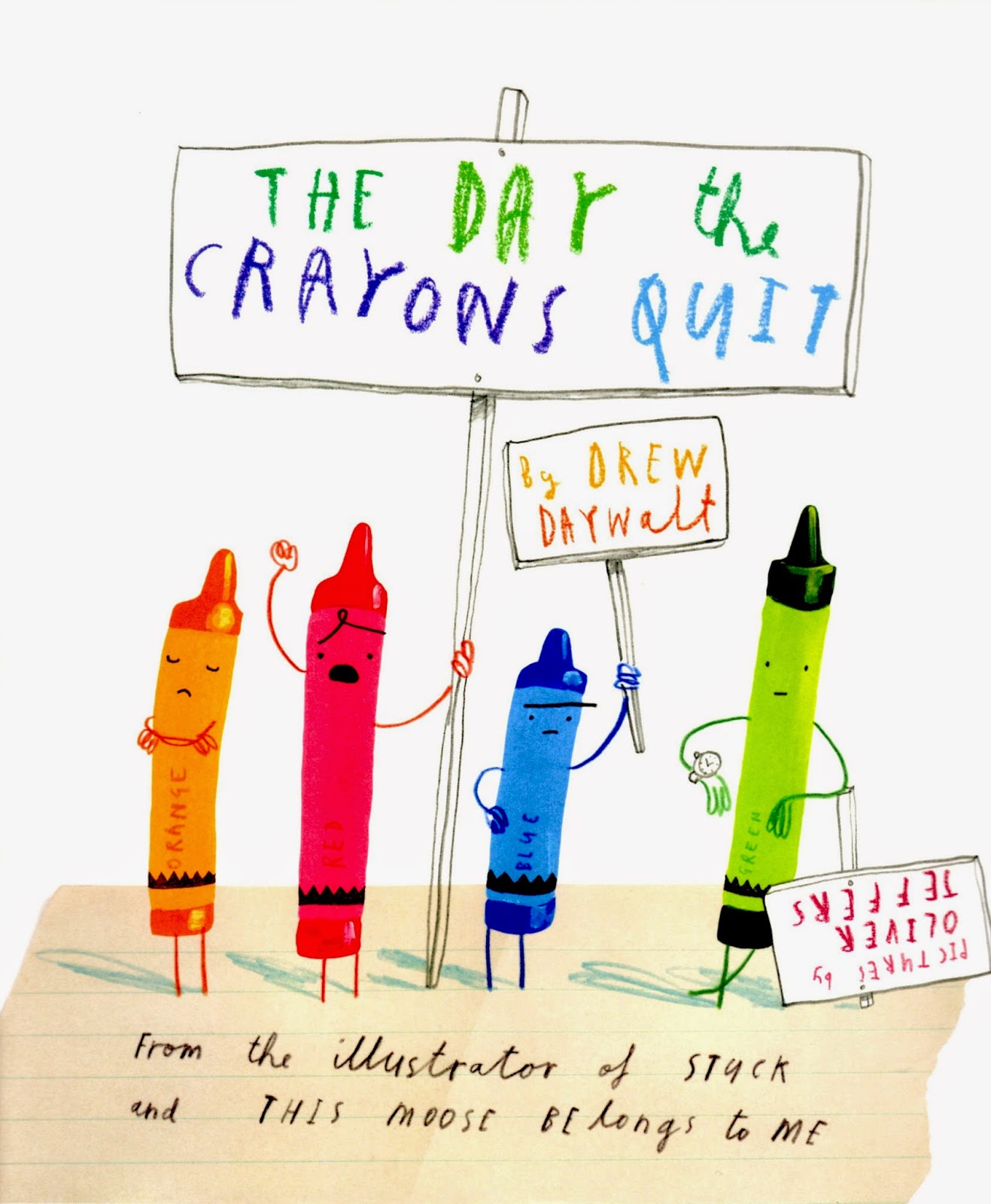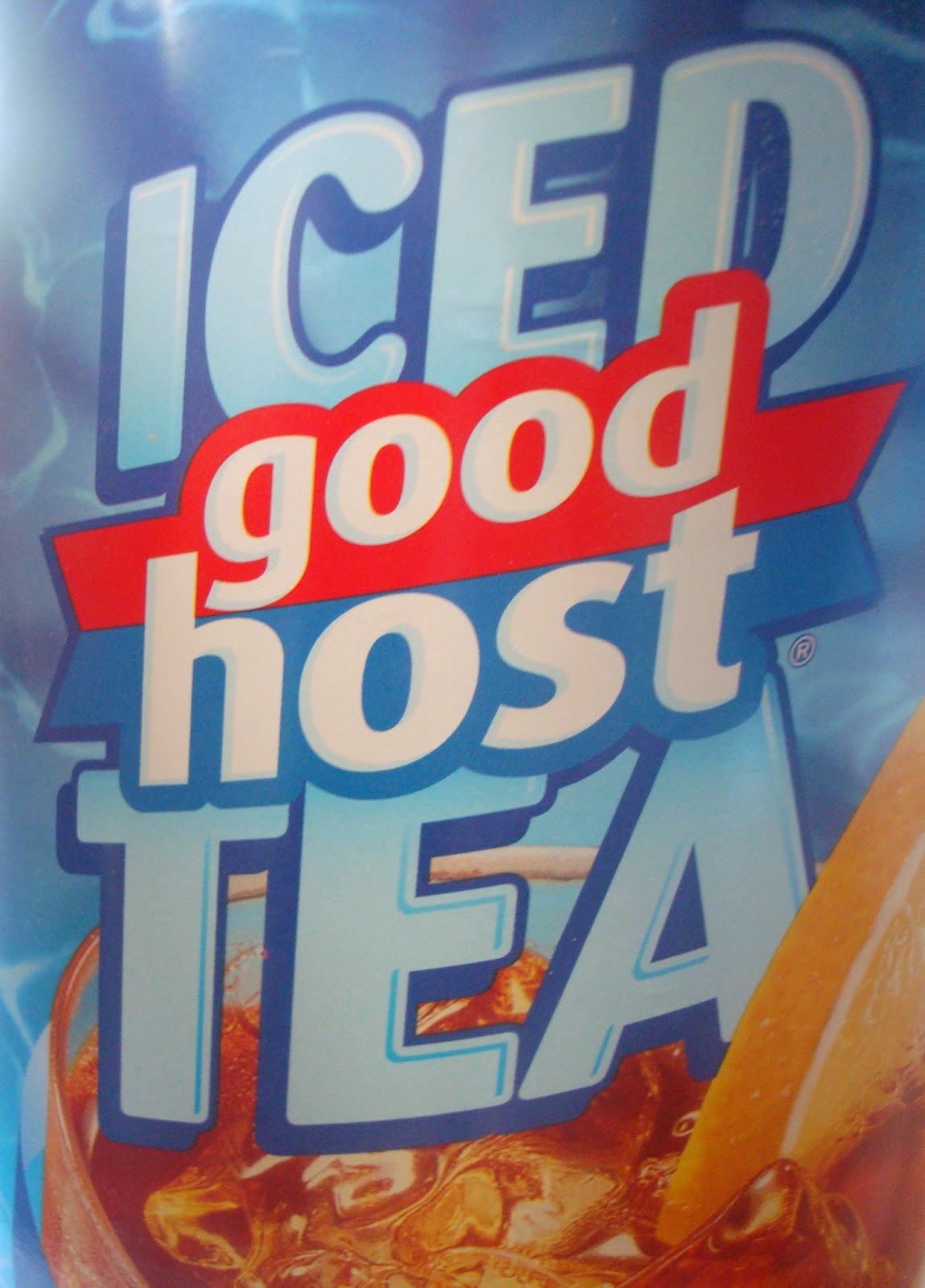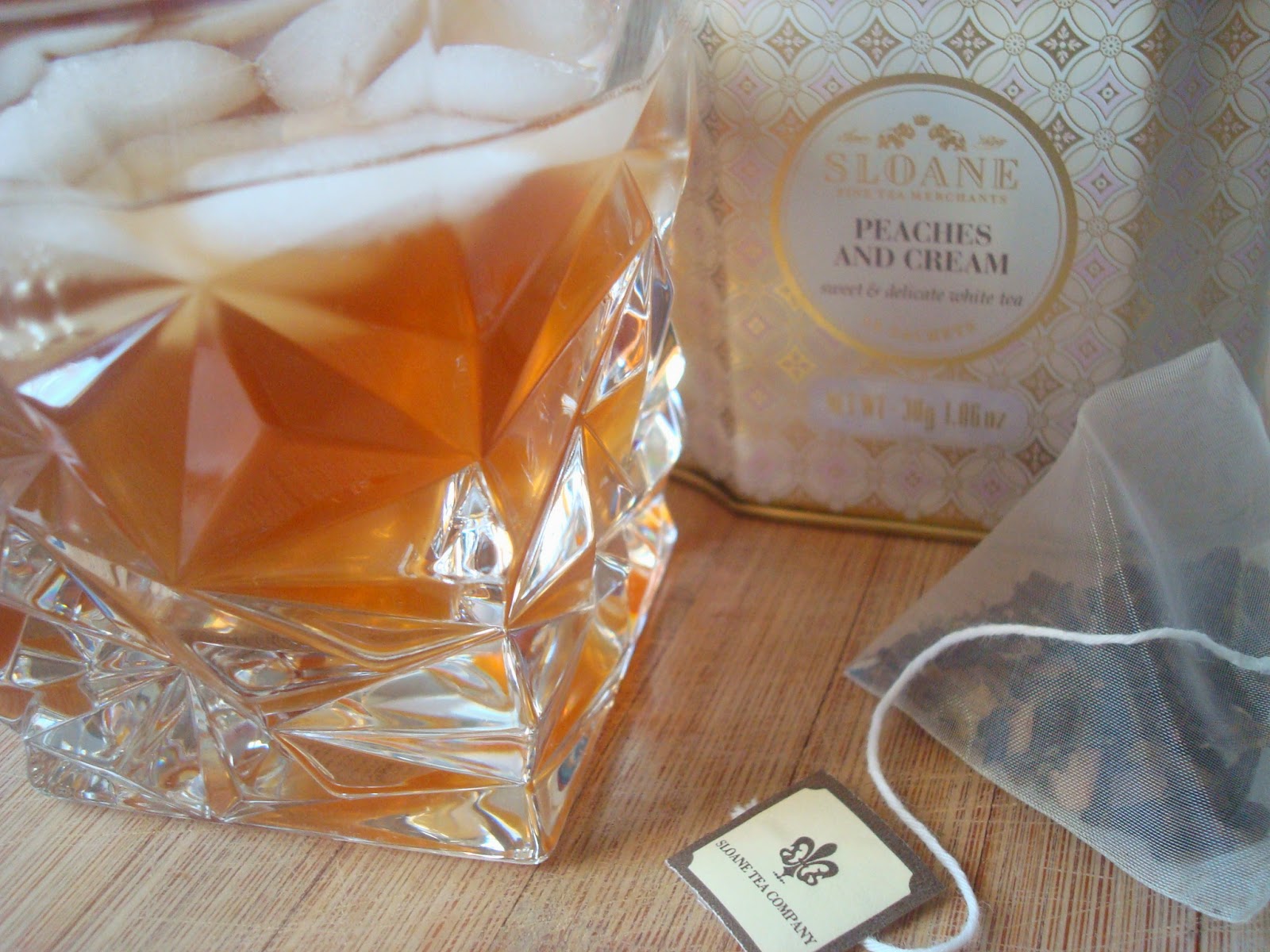Really old, local cookbooks provide its reader something new cookbooks cannot - a true history. Most new cookbooks contain recipes created by modern techniques and a combination of ingredients from all over the world that are now readily available to the consumer.
When you read an old cookbook, many preparation and cooking procedures and techniques are assumed.
Take for instance, in the Robin Hood Cook Book, Recipes by Mrs. Rorer, circa 1915, the Cream of Tomato Sauce recipe:
"After you have taken tomato sauce from the fire stir into it three tablespoonfuls of thick cream."
Most modern cooks wouldn't know where in their kitchen to start the fire and would question whether it be whipping, half-and-half or light cream that is used.
When you come across a recipe for Fried Oatmeal, then you know you've come across a cookbook of your grandmother's time.
Fried Oatmeal
Make a good porridge, turn it into a small square pan until cold, cut it into slices, dust each slice with salt, pepper and flour, and fry them in a small quantity of hot suet, being careful to turn the slices but once. Serve as you would cornmeal mush.
Cornmeal mush?

Besides learning about how and what a housewife prepared for her meals (because cookbooks back then were written for women) it is awesome to find little treasures, like written family recipes in the back of the book, old newspaper cutouts or advertisements that were stuck in the book during the time it was used.
You also can imagine that every food item, oil, spice and drink was organic. When a cookbook was followed, say in 1910, the cook, most likely used produce that came from their own gardens and meat that came from animals on their small family farms as opposed to vegetables that are sprayed and trucked in from across the country and beef, pork and chicken that come from horrible factory farms.
There's something about finding a cookbook from the turn of the century, written by a local person or company, that not only provides a fresh look on old recipes but teaches us a little bit about our history - and that is certainly Worth A Second Look!
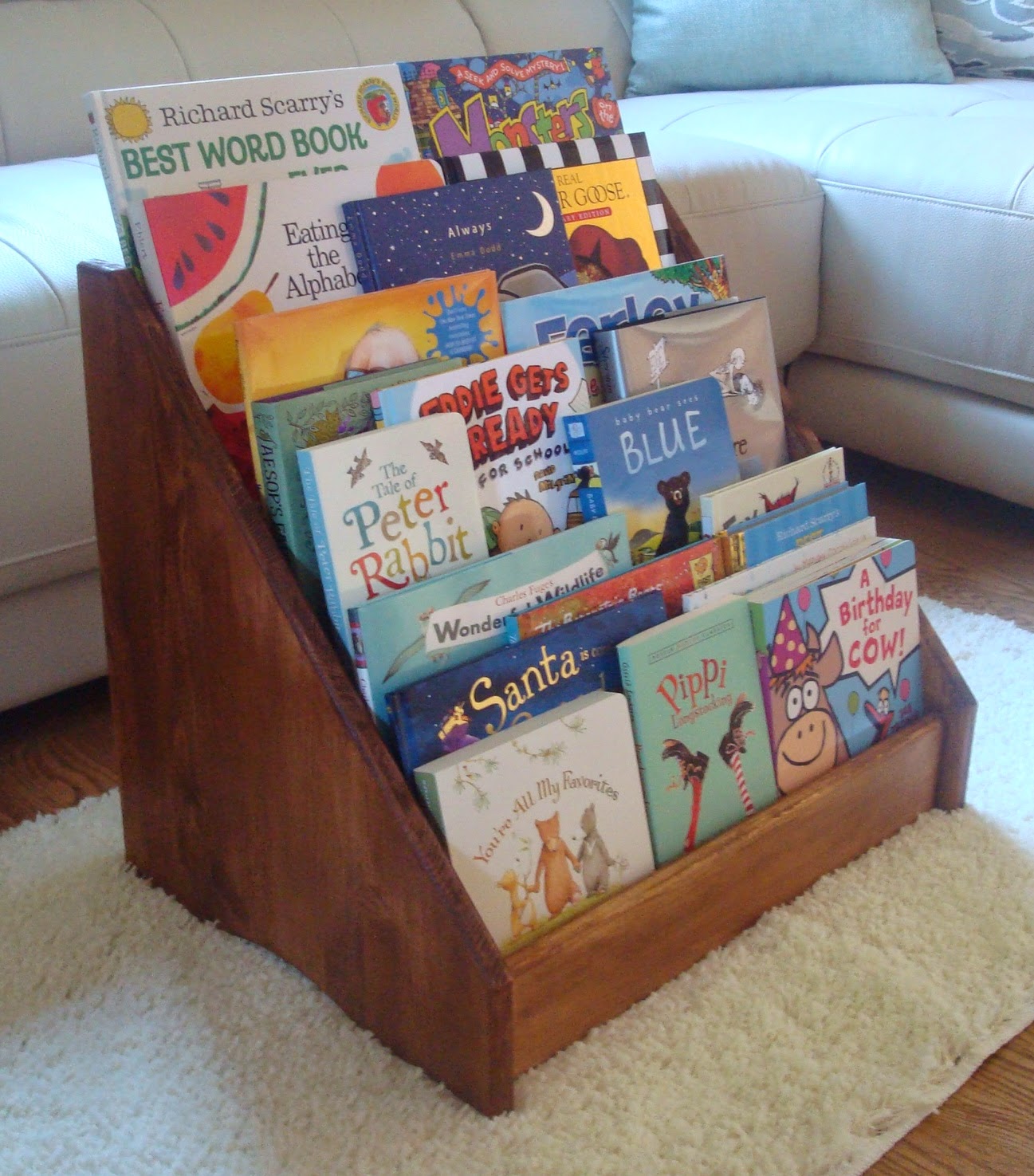 " A book is made from a tree. It is an assemblage of flat, flexible parts (still called "leaves") imprinted with dark pigmented squiggles. One glance at it and you hear the voice of another person, perhaps someone dead for thousands of years. Across the millennia, the author is speaking, clearly and silently, inside your head, directly to you. Writing is perhaps the greatest of human inventions, binding together people, citizens of distant epochs, who never knew one another. Books break the shackles of time - proof that humans can work magic."
" A book is made from a tree. It is an assemblage of flat, flexible parts (still called "leaves") imprinted with dark pigmented squiggles. One glance at it and you hear the voice of another person, perhaps someone dead for thousands of years. Across the millennia, the author is speaking, clearly and silently, inside your head, directly to you. Writing is perhaps the greatest of human inventions, binding together people, citizens of distant epochs, who never knew one another. Books break the shackles of time - proof that humans can work magic."




